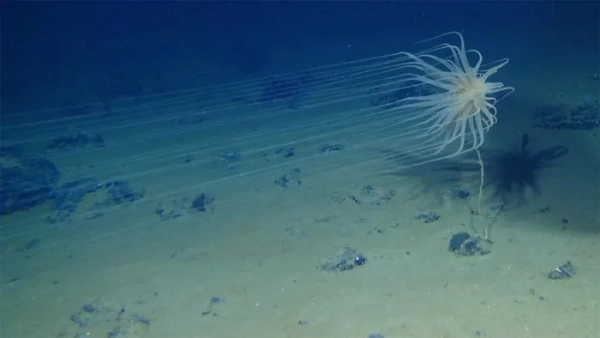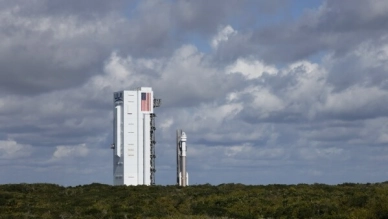New Discovery: Oxygen Found at the Ocean Floor
On July 23, 2024, a group of scientists discovered that in the dark depths of the Pacific Ocean, a certain amount of oxygen is generated from oddly-shaped metallic nodules that resemble potatoes and produce an electrical charge similar to AA batteries. The researchers believe this surprising discovery has many potential implications and could fundamentally change theories about the origins of life on Earth. It was previously thought that only living organisms like plants and algae could produce oxygen through photosynthesis, which requires sunlight. However, at a depth of 4 km below the surface of the Pacific Ocean, where sunlight cannot reach, the researchers recorded the presence of oxygen emanating from small polymetallic nodules – a phenomenon they call "dark oxygen."

The discovery was made in the Clarion-Clipperton Zone (CCZ), an abyssal plain between Hawaii and Mexico, where mining companies plan to harvest these polymetallic nodules. These metal nodules, often referred to as "batteries in rock," are rich in metals like cobalt, nickel, copper, and manganese, all used in batteries, smartphones, wind turbines, and solar panels.
An international team of scientists deployed a small vessel to the CCZ to study how mining might impact the strange and unknown creatures living in these lightless depths. Lead researcher Andrew Sweetman of the Scottish Association for Marine Science (SAMS) said the team made the intriguing discovery while measuring oxygen consumption at the seabed.
To do this, they used a device to capture sediment. Typically, the remaining oxygen in the chamber would decrease as organisms consumed it, but this time the opposite happened – the oxygen levels increased, something impossible in the dark without photosynthesis. Thus, the team brought some polymetallic nodules aboard to repeat the experiment. Once again, the oxygen levels increased. The team also discovered that these nodules exhibited remarkable electrical changes. On the surface of the nodules, they found voltage levels close to that of an AA battery.
The researchers suggest that this electrical charge could split seawater into hydrogen and oxygen through a process known as seawater electrolysis. This chemical reaction occurs at a voltage of around 1.5 volts – about the charge level of an AA battery.
SAMS Director Nicholas Owens described this as "one of the most exciting findings in ocean science in recent times." The discovery that oxygen can be produced without photosynthesis could alter our understanding of the origins of complex life on the planet. The prevailing view has been that oxygen was first produced around 3 billion years ago by ancient bacteria called cyanobacteria, leading to the gradual development of complex life. However, the team's discovery suggests that life could have started in other places besides land. The researchers also posed the question of whether this process occurring on Earth could create oxygen-rich habitats on other ocean worlds like Enceladus and Europa, thereby providing opportunities for life to exist elsewhere.
The research was published in the journal Nature Geoscience.
Submit feedback
Your email address will not be made public. Fields marked are required *
Search
Trend
-
What is Black Myth: Wukong? Detailed Guide on System Requirements and Gameplay
08-21-2024 . 1k view
-
The simplest and fastest way to log into the Chinese TikTok, Douyin.
01-10-2022 . 1k view
-
Blog sites that will accept AI generated content
07-26-2024 . 1k view
-
Call of Duty: Black Ops 6 - Intense, Mysterious, and Surprising Warfare
09-02-2024 . 1k view
-
The "End of Life" for Windows 10: A Massive E-Waste Threat and Sustainable Solutions
08-18-2024 . 952 view











0 feedback